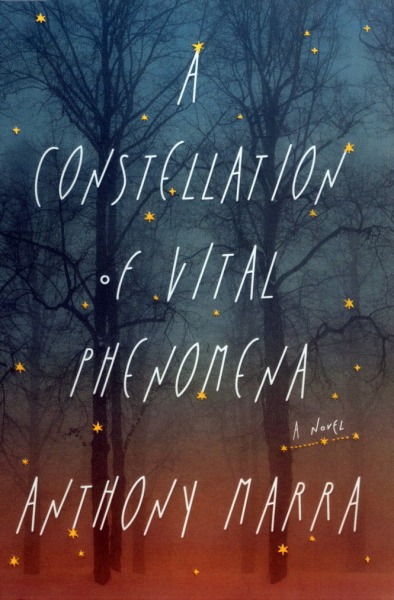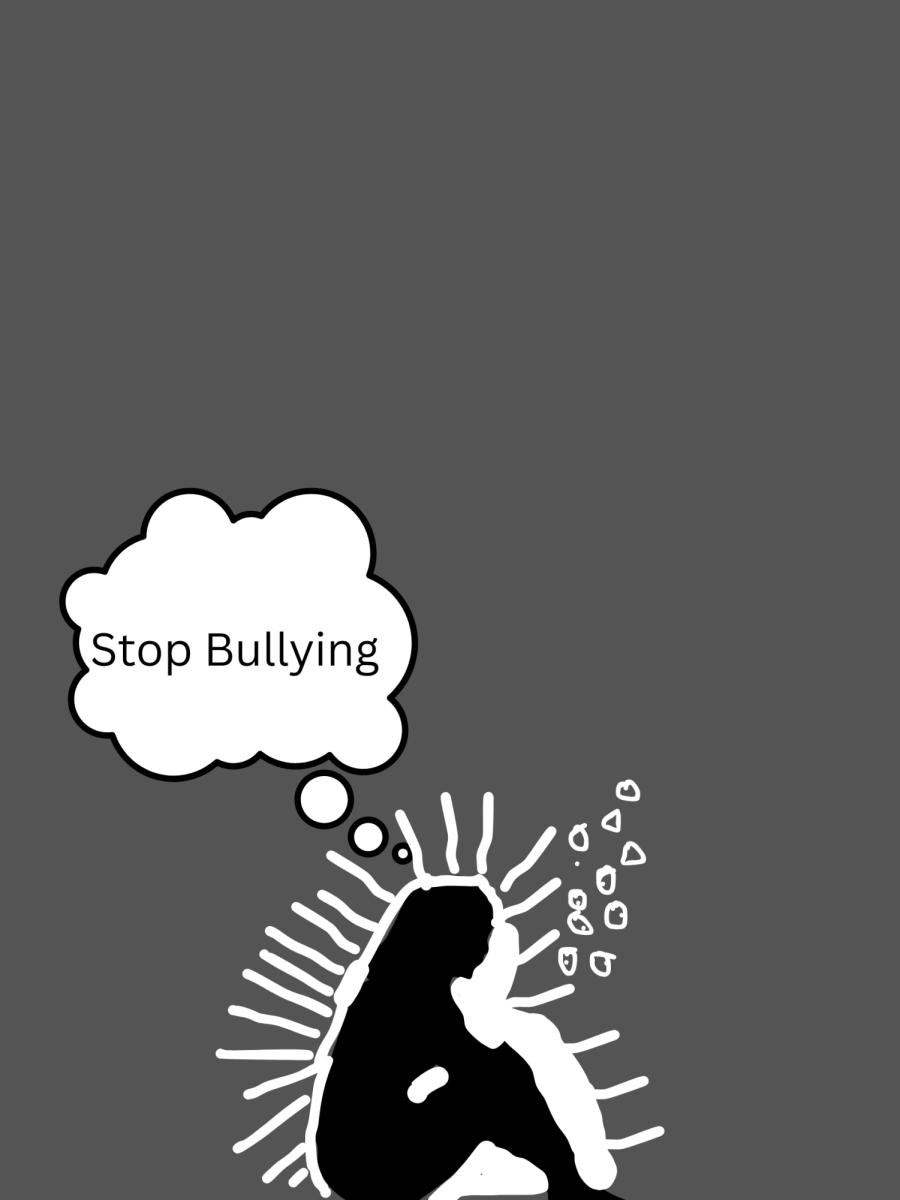A Constellation of Vital Phenomena shows realism through multiple view points
October 5, 2014
Burning. The smell of torture, betrayal, and -isms fading into ashes. A pair of eight year-old eyes cling to her suitcase of trinkets, and watch the scene of a world caving in. The only world she knows. A story about humans–every detail, every flaw–emanates from each trinket, and fills the pages of Anthony Marra’s debut novel, “A Constellation of Vital Phenomena.”
Set against the backdrop of rebellion and war, the book follows a handful of characters and their interwoven relations as they struggle to survive the decade of unrest (1994 – 2004) that encompasses their home country, Chechnya. The bare plot of the story and current happenings take place over a period of five days, triggered by the inevitable, all-too-routine disappearance of a Chechen townsman. Only in this instance, the Feds (Russian forces) tear through the pile of ashes they’ve created in search of a child. Unbeknownst to them, Havaa, the eight year-old daughter (whose father they’ve taken to the unmistakable fate of ruthless torture, as all captives are) hides across the street, with Akhmed, her father’s dearest friend. The next five days and the events that occur stem from Akhmed’s diligent devotion to her well-being, and his decision to take Havaa to a hospital in a nearby city, where he hopes a renowned doctor will have the compassion to take her in.
With every page, every transcendently crafted sentence, Marra causes his readers to doubt whether this truly is his first novel. His descriptions ring with originality and linger easily. He creates characters almost as if from an already existing pool of reality–each strung with very real feelings and easily believable histories.
In one chapter, Marra displays his unique style with a single sentence that overtakes an entire page and a half. As ironic as a run-on sentence seems in portraying literary dominance, it works. The string of words that never ends, breaks constantly but never stops, conveys the story of an entire family and the reality of war and death that befalls them. Its unnamed, unspecified relatability relays again the message that this story is no single happening; thousands of lives undergo the selfsame, different torture of human life blotched by human folly.
Perhaps the most intriguing aspect of the entire book lies in the set-up of the plot itself. Each chapter varies perspectives, shifting from Ahkmed to Sonia (the doctor who takes in Havaa) to Sonia’s sister, and so forth, skipping from year to year, telling the story of one life through many. Every sector of time–occasionally overlapping due to differing perspectives–unravels a piece of the story, out-of-place but perfectly cadenced, until all at once it is visible: the complete spiderweb of connections between seemingly indifferent strangers. And the essence of these connections, the sticky material spelled in languages of grief, regret, guilt, hatred, fear, envy, and devotion, creates the encompassing singular story one could never think existed beneath the plurality.
Marra’s words cultivate a seemingly impossible story, that transforms the bleak and undiscussable into the extraordinarily wrenching; he pronounces the complexity of human life with perfect precision and irrefutable beauty. And in the end, it’s his description alone that can speak justice to the novel’s essence. “Life: a constellation of vital phenomena—organization, irritability, movement, growth, reproduction, adaptation.”





